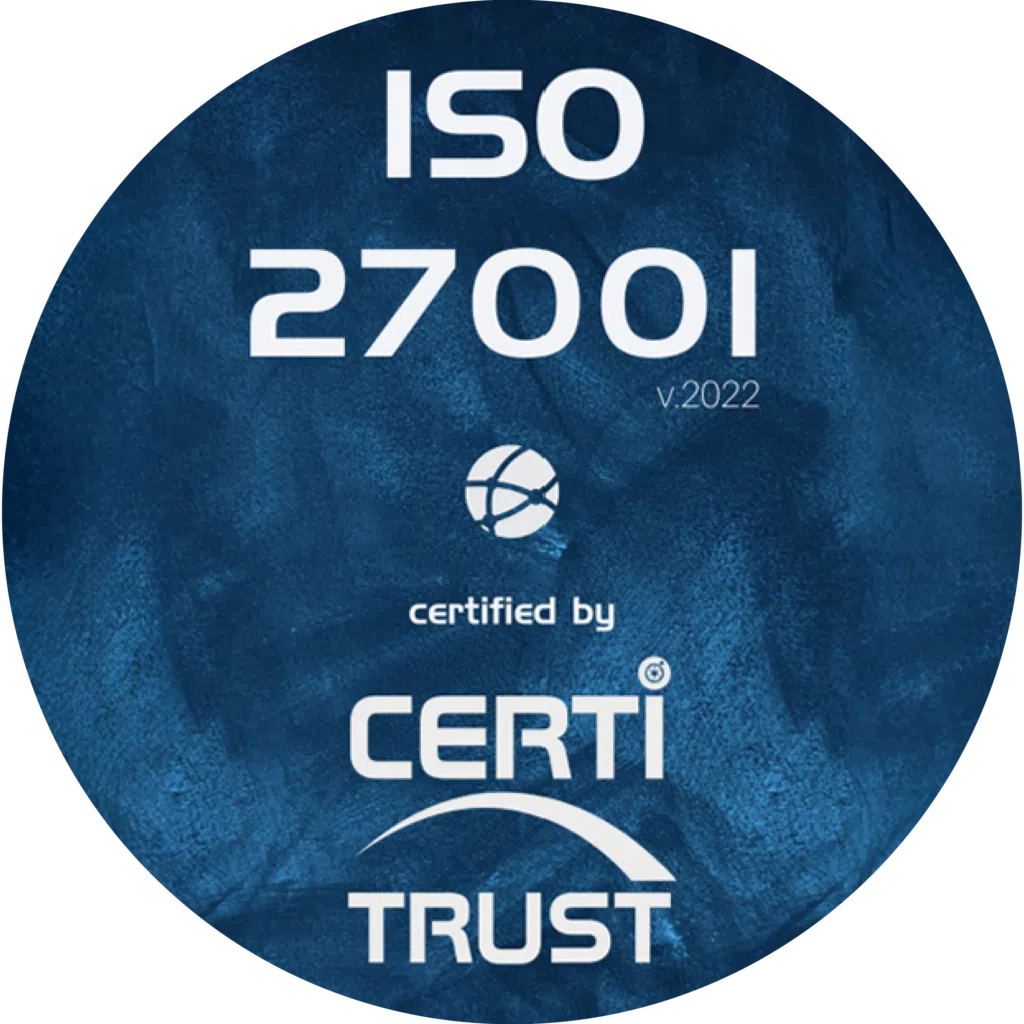The processing of a supplier order includes a multitude of commercial documents such as quotations, invoices, purchase orders and delivery notes. Each of these documents has its own legal framework within the commercial transaction. The relative information contained in a purchase order or delivery note is not binding in the same way on the company issuing or receiving it. Although complementary, these essential documents must not be confused. For reasons of traceability and compliance of your purchasing process, find out the differences between a purchase order and a delivery note, so that you’ll know exactly what you’re dealing with.
What is a purchase order?
Definition
A purchase order is a binding document between a seller and a customer at the start of a commercial transaction. It constitutes a legal agreement between the two parties and commits them to a sum of money. However, it is not a binding document. The purchase order is sent by the buyer (or customer) on behalf of the supplier, in order to bind the two parties together: it is a bilateral contract or, more technically, a synallagmatic contract.This approach has a number of advantages:
- Traceability of supplier orders,
- Security for both buyer and supplier,
- Easier administrative organization.
The purchase order enables both seller and buyer to protect themselves in the event of disputes. Incomplete delivery, different product characteristics, late delivery, payment conditions not respected… The purchase order has interesting objectives for both parties. The buyer is also aware of the pre-contractual information and takes note of the supplier’s general conditions of sale before committing to the purchase order. The seller and buyer have respective commitments. On the one hand, the seller undertakes to deliver the order requested by the customer, and on the other, the customer undertakes to pay the agreed price of the order as soon as it is received.
Legal information
When drawing up a purchase order, you must include certain mandatory information. These concern :
- the supplier’s identity: company name, registered office address, contact details, and optionally its RCS and SIREN numbers.
- the buyer’s identity: company name, legal form, RCS and SIRET numbers, share capital, Intracommunity VAT number, surname and first name of the person placing the order, invoicing and delivery address if different,
- the order number and date of issue
- product identification, which includes a detailed description, the unit price of each product, and the applicable VAT rate.
- the total amount excluding VAT: for each product line, the total price excluding VAT and the total amount excluding and including VAT for the entire order
- terms of payment
- delivery terms
The buyer can also stipulate general purchasing conditions, which are very important when drawing up a purchase order. However, they must be adapted to and consistent with the supplier’s general terms and conditions of sale, which are legally more legitimate and can lead to penal sanctions in the event of non-compliance. It is therefore essential to fill out this commercial document correctly, including all mandatory information.
What is a delivery note?
Definition
The delivery note, or “BL”, is a commercial document provided by the supplier to the customer as proof of delivery of products, goods or raw materials. It is given to the customer when the goods are received. From a legal point of view, it confirms receipt of the goods. In other words, when it is signed, it becomes proof that the order has been delivered in compliance with the conditions set out in the contract. The signed delivery note obliges the customer to pay the price indicated on the purchase order. A purchase order is issued in duplicate, one for the buyer and one for the seller. A purchase order is issued in duplicate, one for the buyer and one for the seller. For the supplier, the voucher will be a “delivery note”, while for the buyer, it will be a “receipt note”.The delivery note can be in two formats:
- paper format
- digital format
Legal information
Like the purchase order, the delivery note contains important information
- the supplier’s identity: company name, corporate form, company registration number, address of registered office and amount of share capital
- the customer’s identity and contact details
- order number
- sIRET number
- delivery date
- place of delivery
- description of goods with quantity, price of each product delivered, total amount excluding VAT and VAT applied.


How does a delivery note become valid?
When the customer receives the goods he has ordered, he must check that the delivery note corresponds to the order form. If the delivery note conforms to the order form, the customer who receives the order must sign it. In other cases, the delivery note may not be identical to the order form. If there is an error, the customer is entitled to make a reservation about the transaction. When making a reservation, the customer must note any inconsistencies between the order form and the delivery. In the event of a dispute between supplier and buyer, the signed delivery note therefore plays a key role. In the event of a dispute between supplier and buyer, the signed delivery note plays a key role. The existence of this document will facilitate exchanges and support the claims of both the seller and the buyer. If the delivery is incomplete and different from the purchase order, there is no reason to pay for all the elements at the time of invoicing. Please note that a delivery note that is not signed or only initialed by the buyer has no value. It cannot be used as justification.
Differences between purchase orders and delivery notes
Unlike the purchase order, which is drawn up by the buyer, the delivery note is created by the supplier. The purchase order clarifies the buyer’s needs and proves the existence of an order at the outset of a commercial transaction. The delivery note exists to show that delivery has taken place and that the products conform to the supplier’s order. The delivery note accompanies the delivery of goods, so it comes after the purchase order has been validated. Moreover, the delivery note cannot be used to obtain payment. The use of this type of official document serves to secure professional and commercial relations. By issuing purchase orders, delivery notes and invoices, a company can optimize its organization of supplier orders and avoid mixing up the different pieces of information. This simplifies purchasing management, even more so if the company uses purchasing management software. In fact, digitizing this process enables better traceability of orders and direct retrieval of all the information the company needs. Certain time-consuming tasks are thus reduced, to the benefit of other, more strategic issues in company management, such as steering and strategy.
Want to learn more about our Weproc procurement management software?
Contact us or request your 15-minute demo below!









